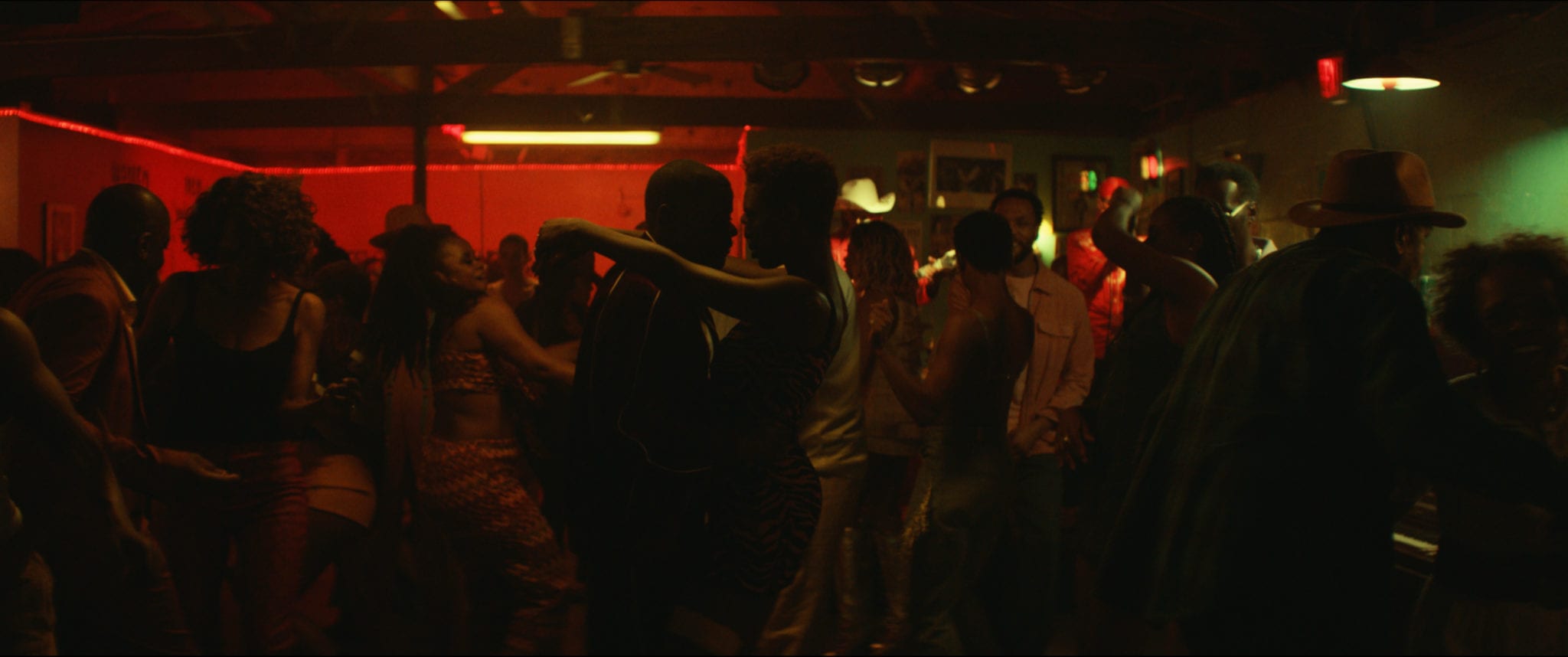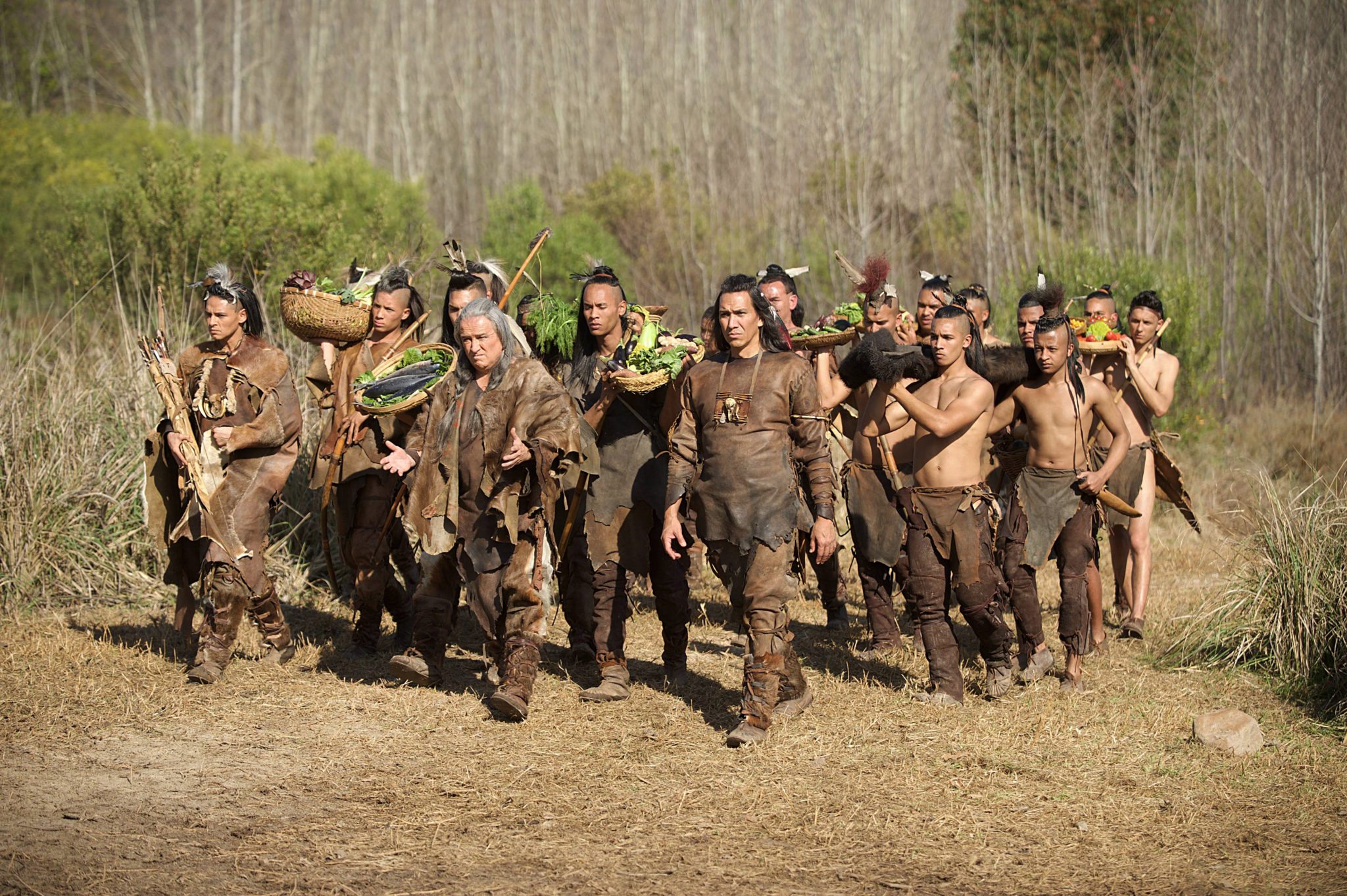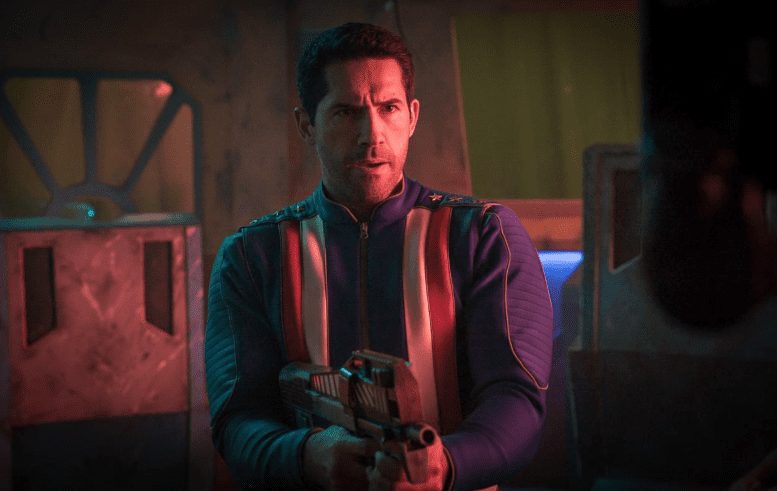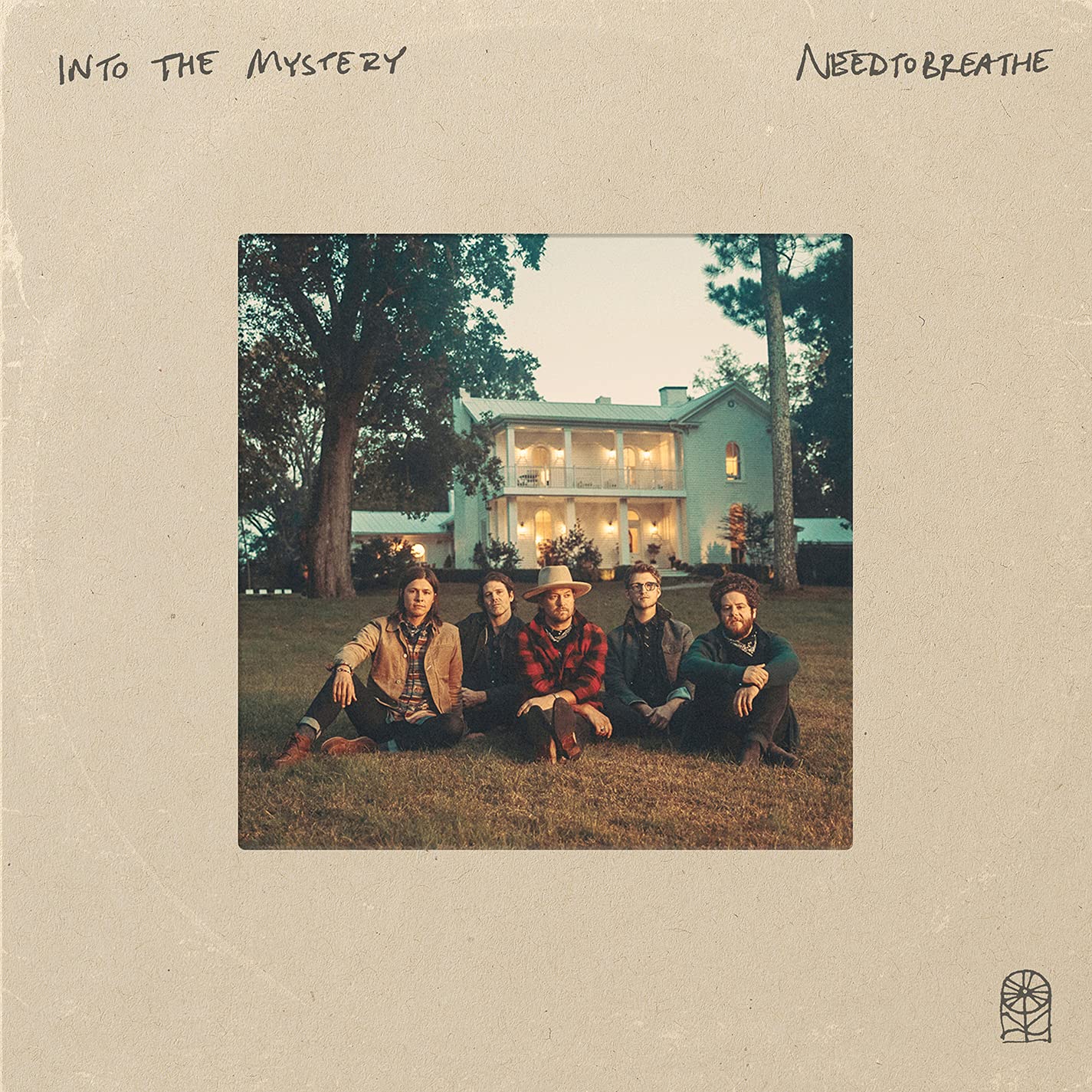I have heard Queen & Slim called a black Bonnie and Clyde (which references a line in the film) and a heterosexual Thelma & Louise. The latter is more apt, but neither really quite captures the way this film fuses the on-the-run trope with today?s cultural affairs.
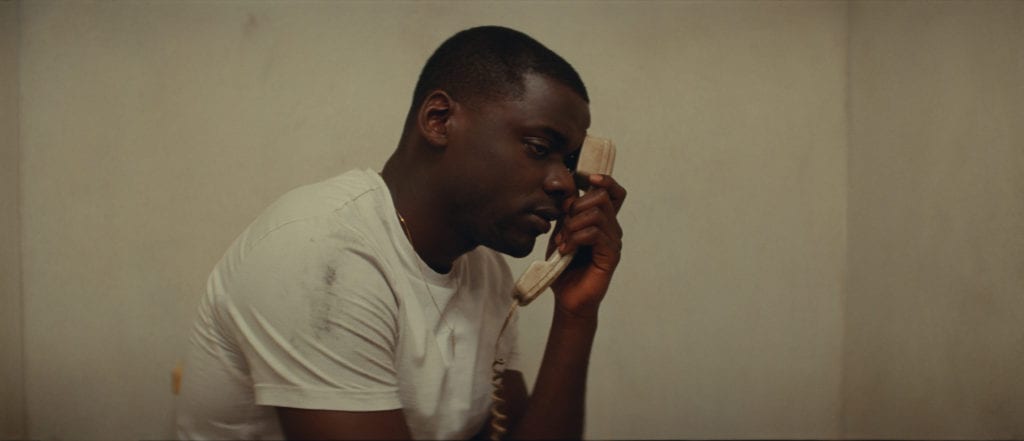
This is the story of a black man (Daniel Kaluuya) and woman (Jodie Turner-Smith) on their first date. It is a nightmare. These two have nothing in common. He is a working man; she is a criminal defense attorney. He is religious?praying before meals, vanity license plate: TRUSTGOD; she doesn?t believe in God. He is looking to create a relationship; she accepted the date because it was a bad day and she didn?t want to be by herself. While driving home after the disastrous date, they are pulled over by a police officer for a minor traffic infraction. The cop is abusive and the situation escalates until the black man ends up shooting and killing the officer in self-defense.

The man wants to confess what he?s done, knowing it was unavoidable, but the woman knows how the justice system treats black people and convinces him that they must go on the run. Before long the dashcam video goes viral and there is a nationwide manhunt. As the days pass, this odd couple is together in a car looking for a plan. They slowly learn more about each other and themselves. The relationship, that seemed so impossible on that date, warms and develops into something precious to them both.
You may have noted that I?ve not used names for these two characters. We don?t know their names until the last few minutes of the film. They are essentially anonymous. Even the names in the title are not used in the film. Those names are also designed to make these two into an every man and woman. Screenwriter Lena Waithe says she used Queen ?because I think all Black women are Queens?. Slim, she says, is an affectionate name black men use among themselves.
Along the way, the two encounter other people. Many, but not all, of the black people they meet are supportive. Many even see them as folk heroes or revolutionaries. Slim and Queen seem taken aback by these perceptions. That is a key difference between this film and Bonnie and Clyde and Thelma & Louise. Queen and Slim have no self-understanding that they are anything more than people in trouble. There is a nice coda in the film (in which we learn their real names) that revisits some of those people they met along the way in the aftermath of their journey.

Both natures of the film?criminals on the run and growing relationship?are present throughout, but the first half of the film is more heavily focused on the on-the-run theme. At just about the halfway mark, the film shifts the weight of the story to the relationship. It is in this half that we begin to learn more about the characters. Queen has seemed to be cold and detached. She seems strong and capable. But she has a past that has made her hide her vulnerabilities. Slim is trusting, compliant, and fearful. He is filled with guilt over killing a man. As they travel together, he must overcome his fear as he strives to survive.

This film cannot be understood without an appreciation of the ways racism forms people?s lives. As we watch that traffic stop unfold and escalate into a lethal encounter, we know that Slim was justified in his action. But should he trust the legal system to treat him fairly? Is Queen right that as soon as he gave himself up he would ?become the property of the state?? How a person of color answers those questions will likely differ from how persons of privilege react to them.
Special features include commentary from the writer and director, “A Deeper Meaning” with Kaluuya, Turner-Smith, and the filmmakers; “Melina & Lena” with the writer and director; the “Off the Script” screenplay reading; and “On the Run with Queen & Slim” behind-the-scenes.
Photos courtesy of Universal Pictures

